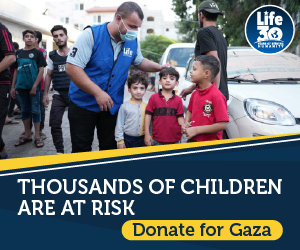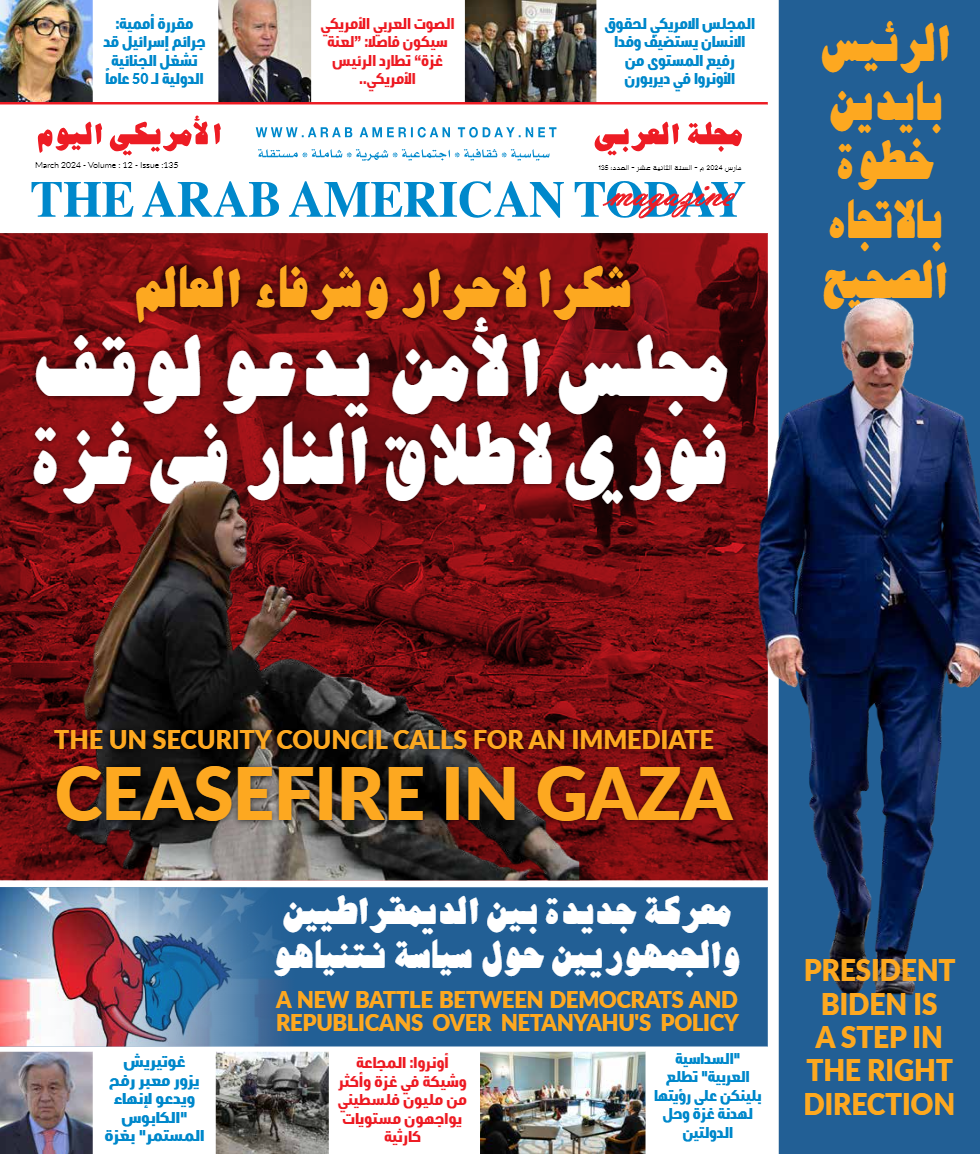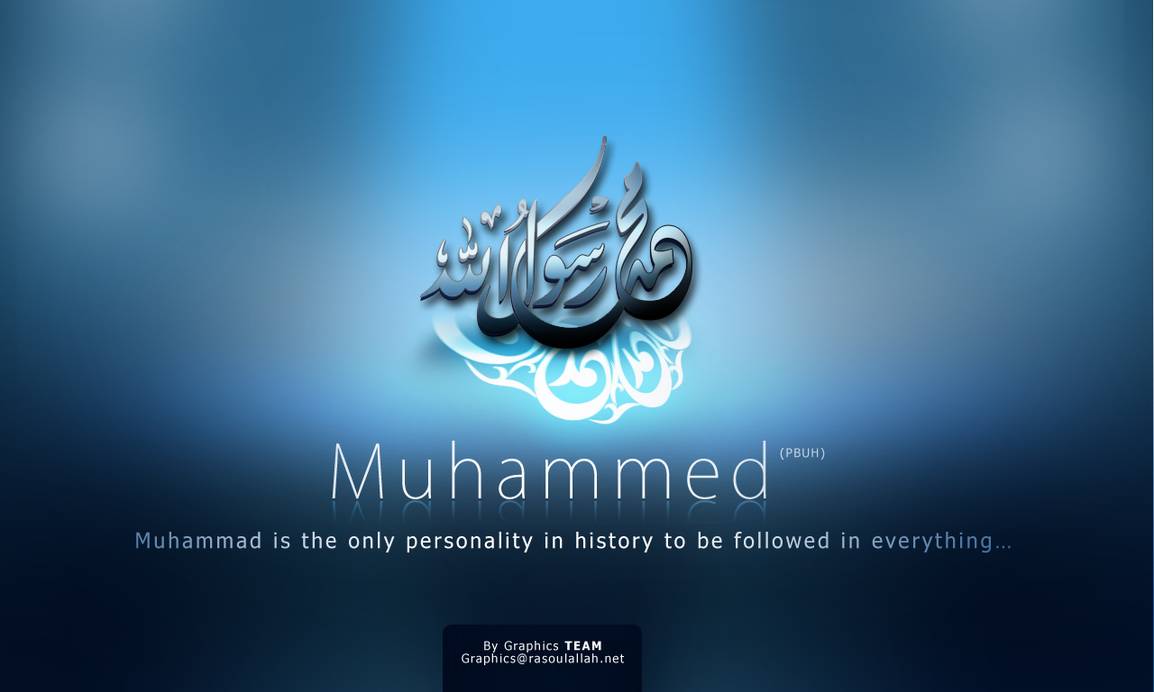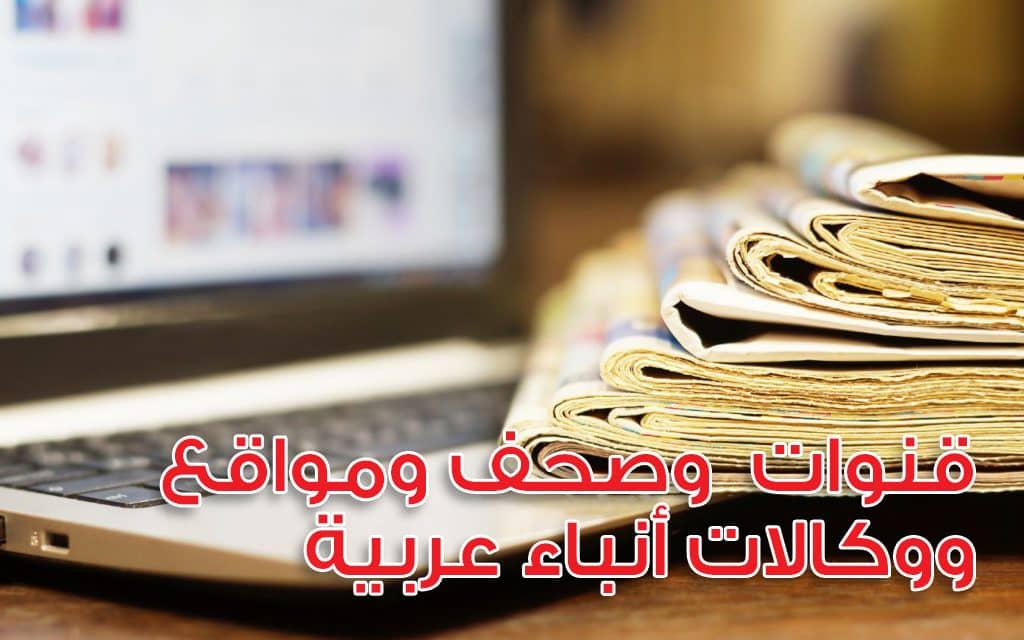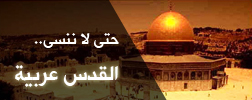
Water protests show Iran’s minorities can be a powerful force
2021-07-30

LUKE COFFEY
Since July 15, protesters in the Khuzestan province of Iran have been demonstrating against the government’s mishandling of scarce water resources. Social media is filled with videos, many of which show unarmed civilians confronting armed security forces. After almost two weeks of these demonstrations, several people have been killed and hundreds more arrested. There is no sign that the protests will end anytime soon.
Those who are protesting are drawn from Iran’s small Arab Ahwazi minority. The Ahwazi people have long resented the ethnically Persian-dominated regime for treating them as second-class citizens, moving Persians and other non-Arab ethnic groups into their homeland, and diverting scarce water resources to other regions.
The Ahwazi in Iran number approximately 5 million people. They are mainly concentrated in Khuzestan province, which they refer to as Ahwaz and is home to some of the country’s most important oil and gas production sites. In addition, sizable Ahwazi populations can be found further south, along the Gulf coast in Bushehr and Hormozgan provinces. These provinces also contain important ports, such as Bandar Abbas, and attract significant maritime traffic.
The spark that ignited the most recent flashpoint in Khuzestan was access to water. What is playing out on the streets today, however, is merely the longstanding resentment felt by the Ahwazi people toward Tehran. Even though Persians have dominated the ruling elite since the 1920s, modern-day Iran is a collection of minority groups, each with its own history, culture and language. Unless you speak Persian, however, or have a Persian-sounding name, job prospects are limited in a country that suffers from high unemployment.
The country’s current opaque, repressive and ruthless regime has violently suppressed many minority groups in recent years, with Persian elites displaying a willingness to wield a heavy hand against them. In 2019, for example, the regime deployed foreign Arab militias from Iraq and Lebanon, in addition to Iranian Revolutionary Guards and Basij militia, in response to popular unrest over Tehran’s neglectful handling of widespread flooding in Khuzestan.
What is happening now in the province is not surprising. Observers of Iran often see protests across the country fueled by discontent among the members of minority ethnic groups. In April, noted political scientist Brenda Shaffer published a report on minority groups in Iran in which she succinctly summed up the situation as follows: “Ethnic cleavages and dissatisfaction pose growing challenges to the rule of the regime in Iran. When they overlap with poverty and lower levels of government services and infrastructure, these challenges become more severe. Iran’s ethnic minorities inhabit the state’s poorest provinces. The country’s growing environmental challenges, including widening water shortages, hit the ethnic minority provinces harder than the Persian center.”
At first the latest protests were limited to Khuzestan but last weekend they started to spread to other regions in Iran and among other ethnic groups. According to social media reports, protests born out of solidarity with the Ahwazi community have emerged in the ethnic-Azeri cities of Tabriz, Urmia, Ardabil, among others.
The fact that the Azeri community has joined the protests is significant. Although official numbers are unavailable, it is probably the second-largest ethnic group in Iran. Azeris are consolidated in northern Iran, in an area commonly referred to as “South Azerbaijan.”During the second Karabakh war between Azerbaijan and Armenia last year, there was a lot of pro-Azerbaijani rhetoric from Iran’s Azeri community on social media and on the streets in support of Baku. Azerbaijan’s stunning victory in that short war has, to a certain extent, bolstered Azeri nationalism in Iran.
There is a constant low-level push among the Azeri minority for self-determination and increased autonomy in northern Iran. Although this has not grown into a mass movement for independence, it makes some in the Iranian leadership nervous. When combined with other unrest among minority groups across the country, the protests are certainly a headache for the regime.
Iran’s newly selected president, Ebrahim Raisi, will take office on Aug. 3 with a mountain of problems to face. The economic situation in Iran is dire. The social and domestic situations are not in his favor. Like most countries around the world, the effects of the pandemic are still being felt.
Will the recent protests be enough to oust Supreme Leader Ali Khameini, or at least Raisi? That would be highly unlikely. Recent history, since the Arab Spring, has shown that autocratic regimes have tremendous resiliency in the face of popular unrest. However, at a time when the economy is struggling, coronavirus disease (COVID-19) is still a problem, and the nuclear talks are stalled, these protests are the last thing Raisi needs or wants.
It is important that the US and other Western countries acknowledge and highlight the plight of ethnic minority groups such as the Ahwazi and Azeri in Iran. Washington’s Arab partners and friends in the region should press it to do so.
The silence from Washington regarding the situation in Khuzestan is deafening. In part, this can be explained by the White House not wanting to rock the boat with Iran any more than it has to with talks in Vienna stalled. However, the Biden administration should not turn a blind eye to the systematic discrimination against Iran’s Arab minority simply because it desperately wants to secure a nuclear deal.
While the US is limited in what it can do about the plight of the Ahwazi people, giving succor to the regime in Tehran at this time would be a terrible mistake.



